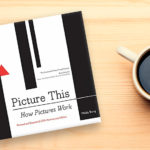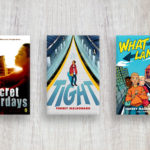Jarrett and Jerome Pumphrey are a dynamic duo of brothers who are making a serious splash in the picture book world. Their first book, The Old Truck, won several awards and received multiple starred reviews from professional library journals. Their latest picture book, The Old Boat, was published this month. In this guest post on the Mackin Community Blog, Jarret shares with us how the brothers intentionally leave space in their books, allowing the reader to make the story their own.
“What happened to the grandma? Did the whale eat her?”
That’s a real question Jerome and I received from a real student at one of the very first school visits we did for our new book, The Old Boat. We were in the Q&A portion of the event, and for the most part, we’d received the standard fare: What inspired the book? Where do you get your ideas? What’s it like to work with your brother? All fair questions, but then one got a double take. “What was that?”
“What happened to the grandma? Did the whale eat her?”
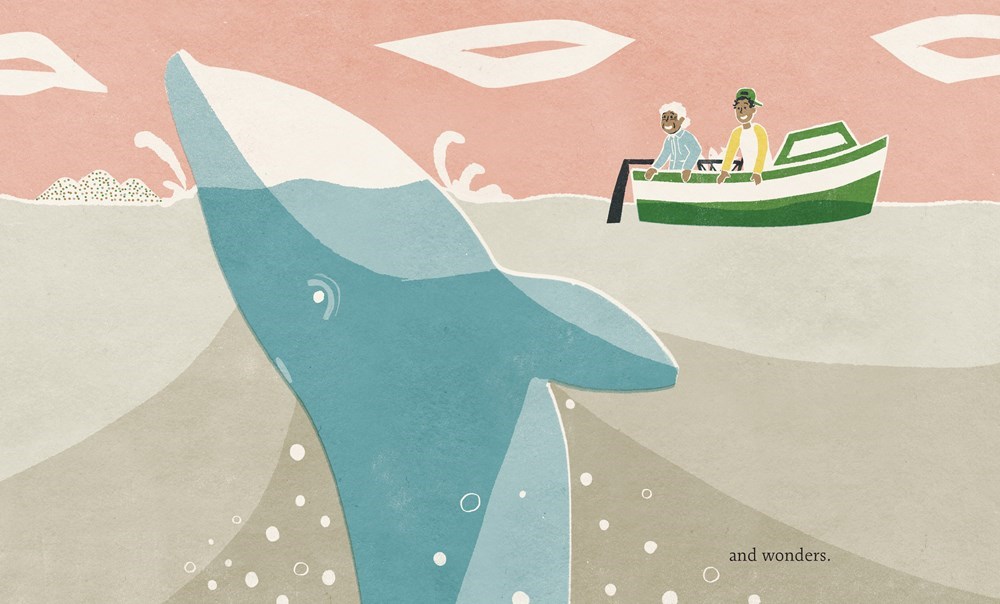
The student was asking about a specific spread in the book where a boy and his grandma marvel at the wonder of a whale breaching near their old boat. The boy and his grandma had been in the boat together on each of the preceding spreads, but then on the following spread, it was just the boy, now a man, alone in the boat. The student wanted to know what had happened to the grandma in the span of a page turn. Had the whale eaten her?
Jerome and I looked at each other and smiled. What a question!
That one question summed up hours and hours of discussion we’ve had on the one thing we talk about most when it comes to making picture books: space. The space we leave in the words for the pictures; the space we leave in the pictures for the words. And most importantly, the space we leave in both for the reader; space we hope the reader finds.
To our delight, this reader with this question had found that space. Deep inside, I celebrated with an awkward dad-dab. Jerome doesn’t dab, awkwardly or otherwise, but I imagine his inner self was nodding in reserved satisfaction.
See, when we start work on a new book, we usually start by deciding what parts of the story we want to tell with words and what parts we want to tell with pictures. It’s not always as neat and tidy as that, but that’s the gist. The most rewarding part of the process, though, is deciding what part of the story we want to trust the reader to tell. What part of the story won’t we tell so the reader has space for their own ideas? It’s the most rewarding, but also the most uncertain. We think we’re leaving space in all the right places, but we’re never sure. Not until later when we get the perfect question, that is, and we know we got at least some of it right.
“She was in the boat when they saw the whale and then she wasn’t, so the whale must have eaten her, right?”
Since perfect questions can’t come until after the book is published, we end up leaving space in a lot of places, like in the words. For instance, “Off a small island, an old boat was home.” Is that old boat “at home off a small island” or “a home off a small island”? See the space? There’s room for the reader to decide.
Sometimes it’s literal space in the art. It can be enough to just provide the blank for the reader to fill in. For instance, similar to what we did with the truck in our first book, The Old Truck, for much of The Old Boat, the boat is always in the same spot on every spread. On one spread, however, it’s missing. Where did it go?
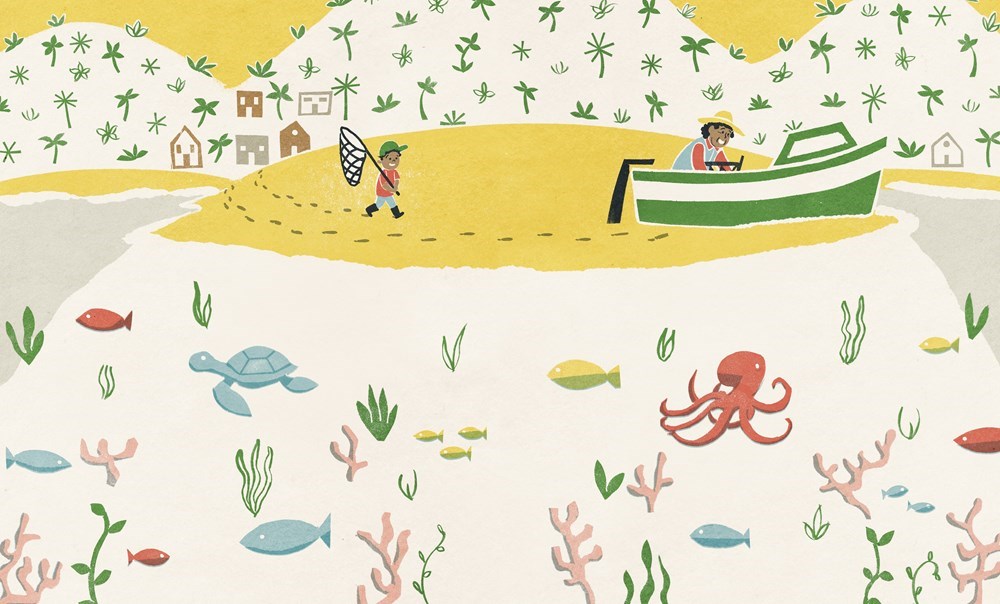
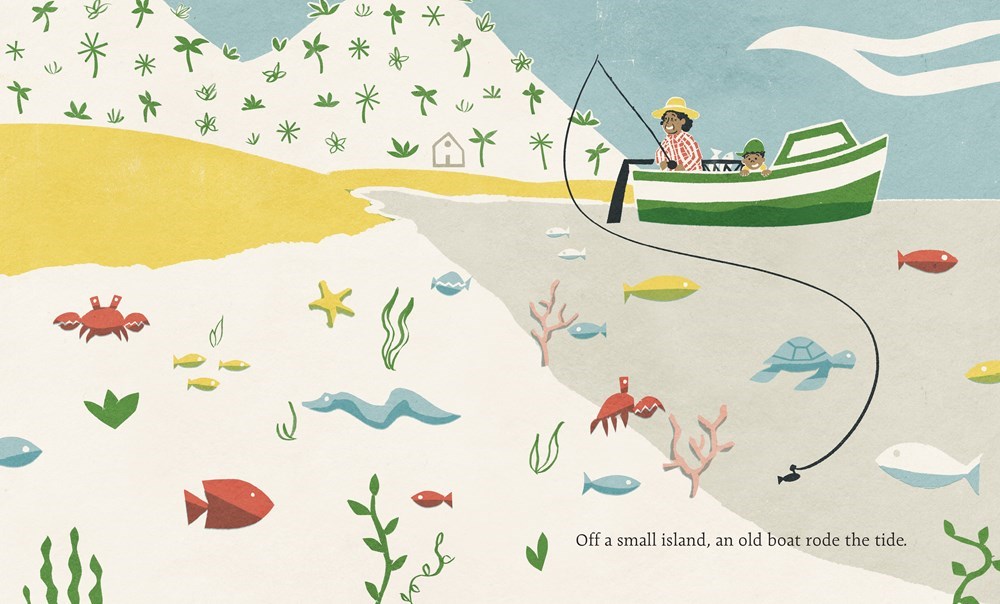
Or like in this case with the whale and the grandma. We leave space in the page turn between the events of one spread and the next. We have ideas about what happens between spreads, but so do readers. So, we trust them to tell that part of the story. And sometimes, they blow us away when they do.
“A whale could eat a grandma, you know.”
We like to think of all this space as the space in a picture book where the magic happens. When given the room, it’s the space where the reader can get a story that’s greater than either the words or pictures could tell on their own. It’s the space that rewards rereadings, the space that makes you cock your head to the side and re-evaluate what you thought you knew. It’s the space where the reader can make the story their own. The space where at least one reader decided that a whale ate a grandma.
“I’m pretty sure the whale ate the grandma.”
We leave space in our stories for all these reasons, but mostly, we leave space because readers tell way better stories than we ever could.
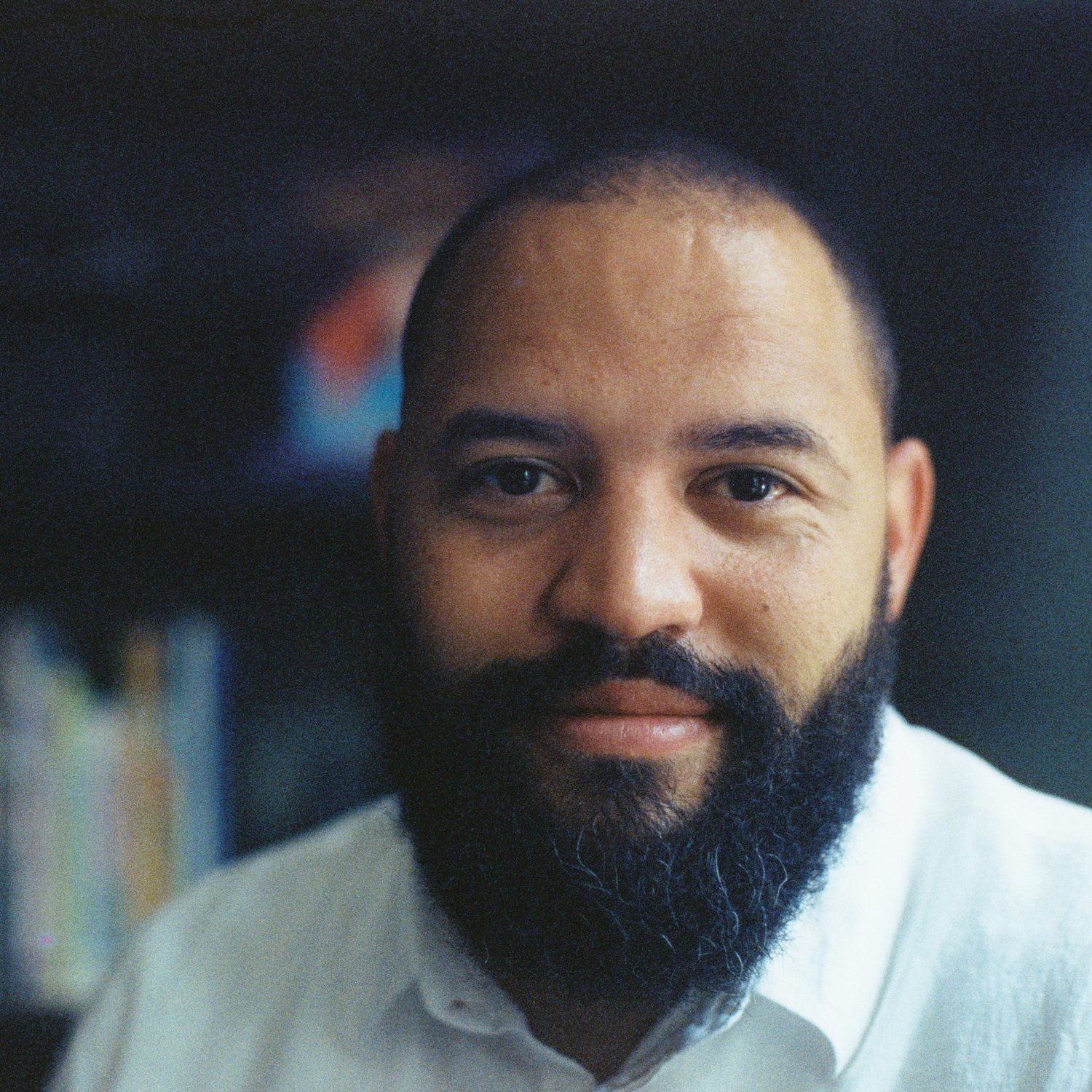 Jarrett Pumphrey is an author/illustrator and the former CEO of a tech startup. Originally from Houston, he now lives in Austin, Texas.
Jarrett Pumphrey is an author/illustrator and the former CEO of a tech startup. Originally from Houston, he now lives in Austin, Texas.
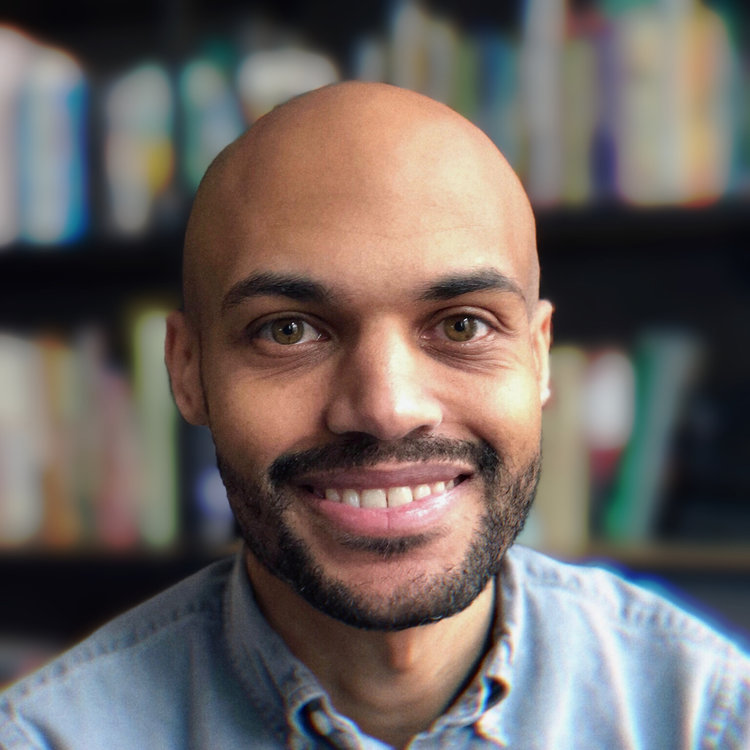 Jerome Pumphrey is an illustrator and a graphic designer at The Walt Disney Company. Originally from Houston, he now lives in Austin, Texas.
Jerome Pumphrey is an illustrator and a graphic designer at The Walt Disney Company. Originally from Houston, he now lives in Austin, Texas.
Together, they are the authors and illustrators of The Old Truck, an Ezra Jack Keats Writer Honoree, Horn Book Best Books of 2020, Booklist Editor’s Choice pick, and an NPR Favorite Book of 2020. Their new picture book, The Old Boat, was published on March 2, 2021.





